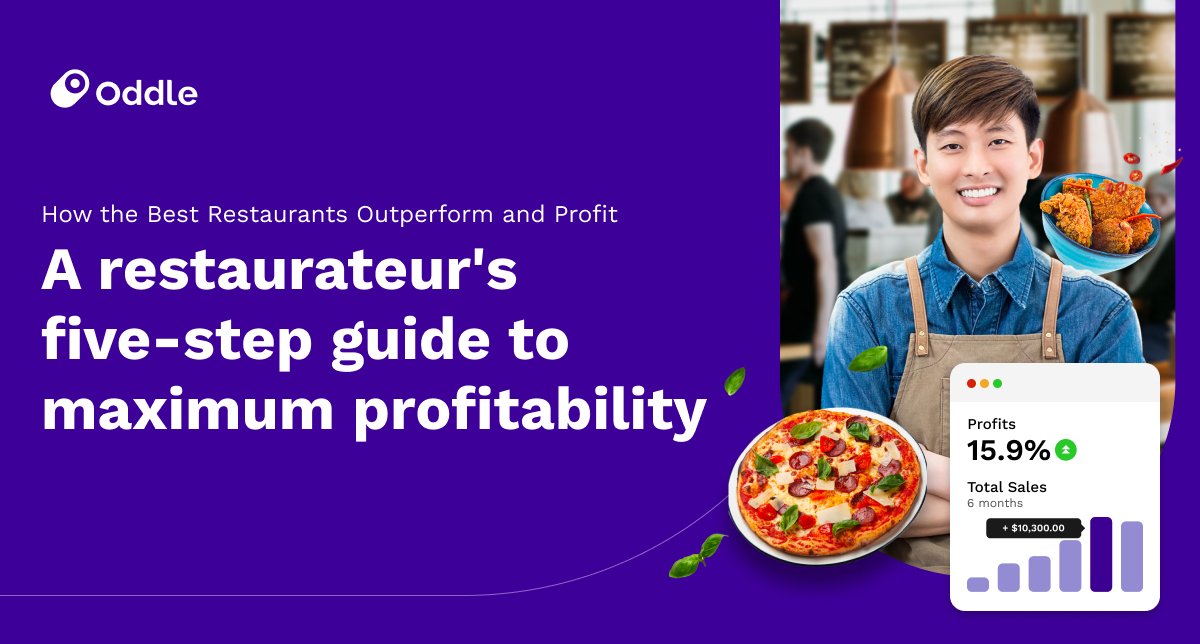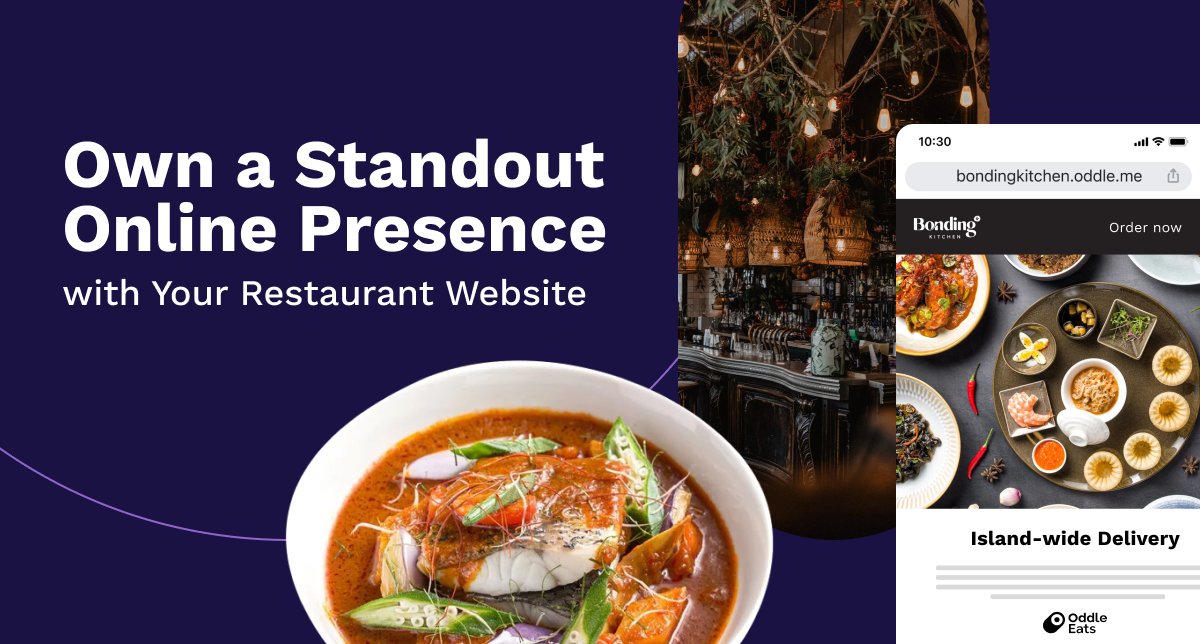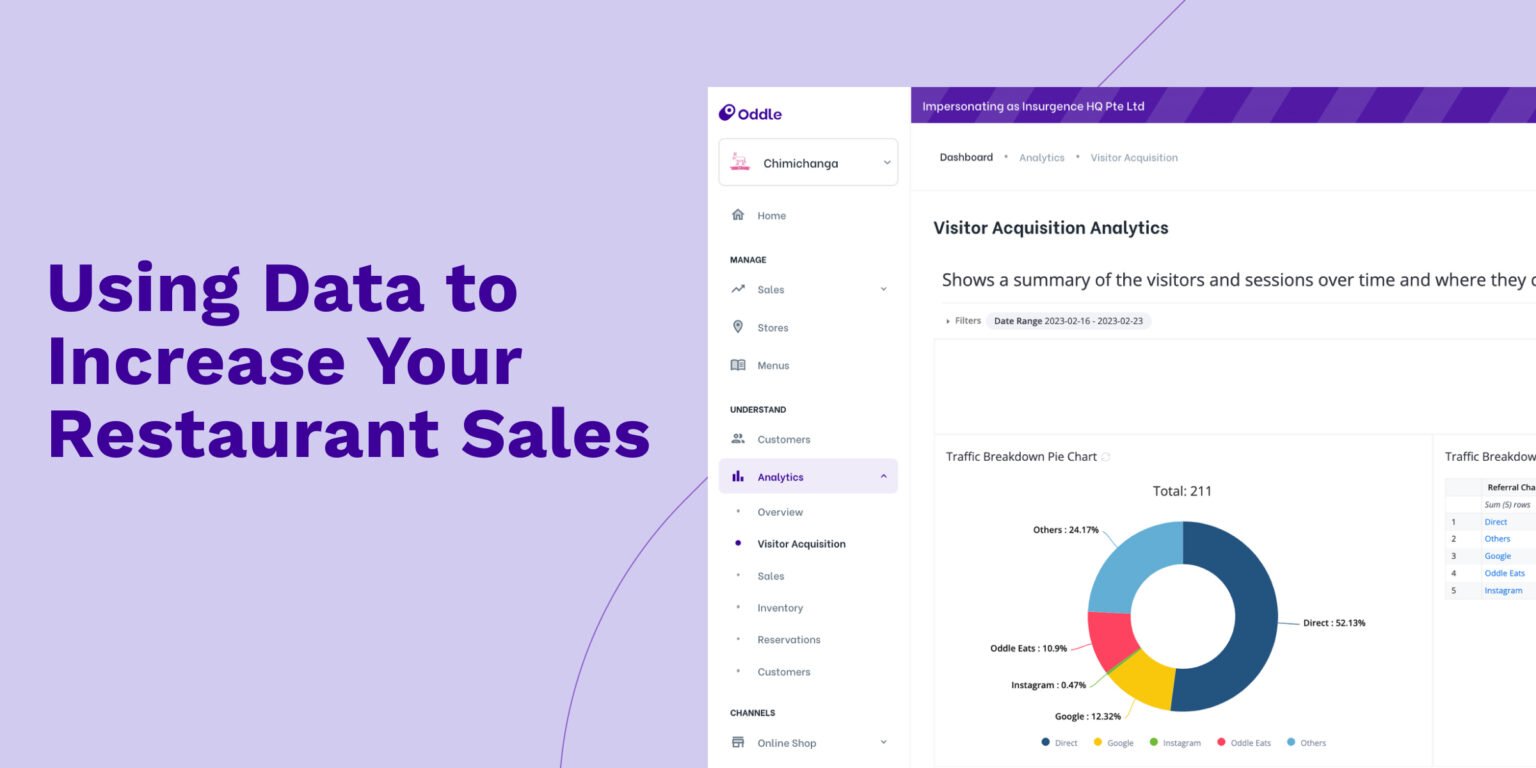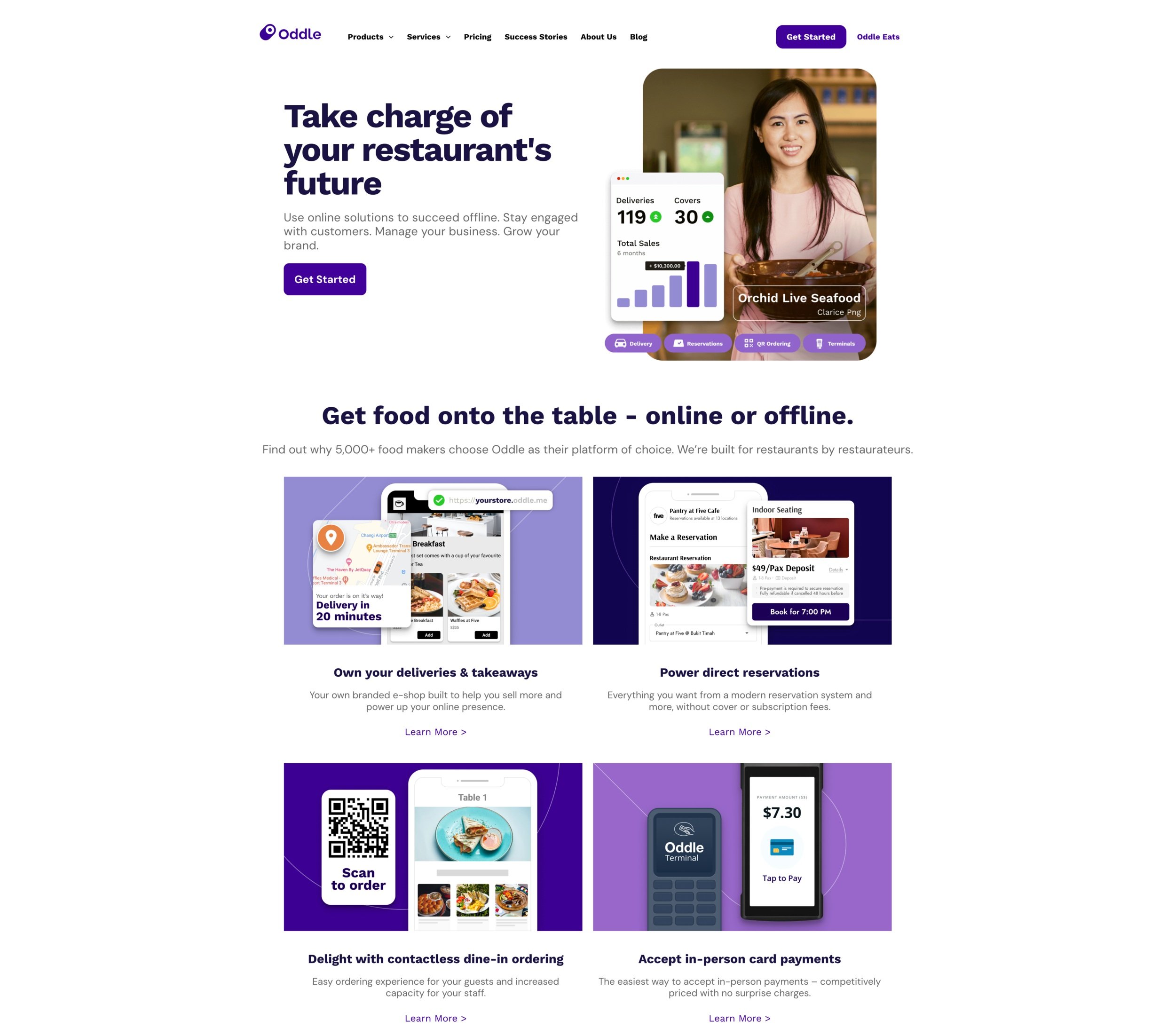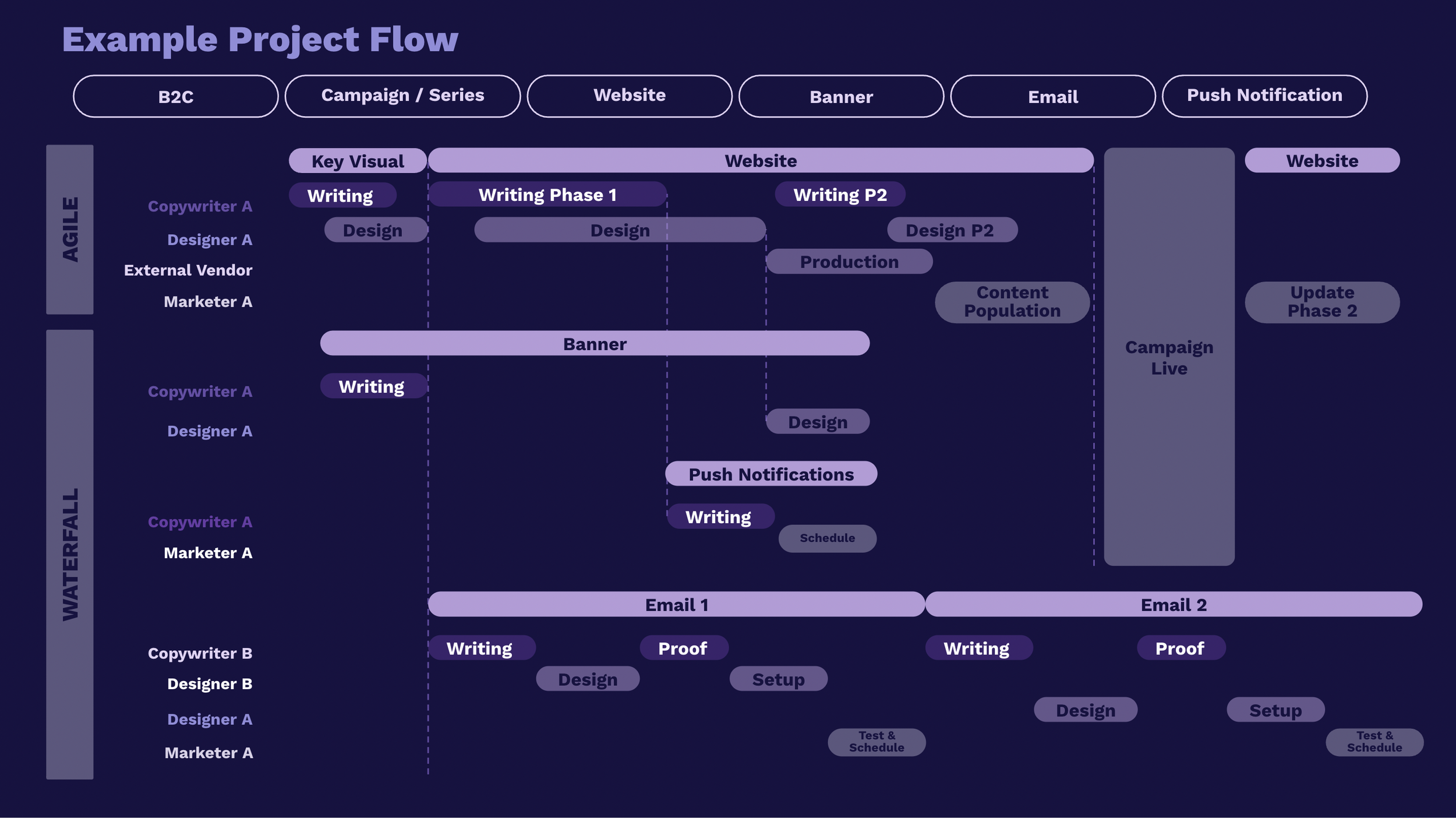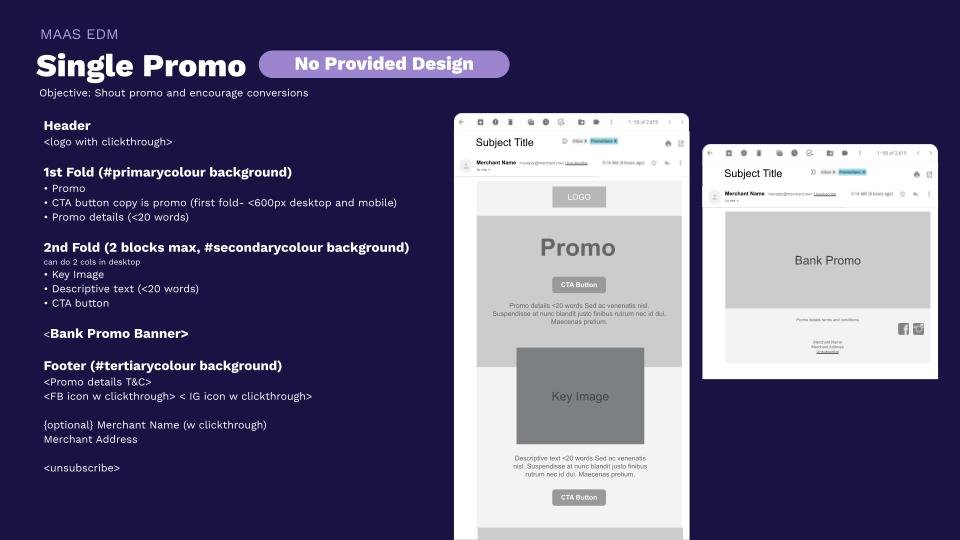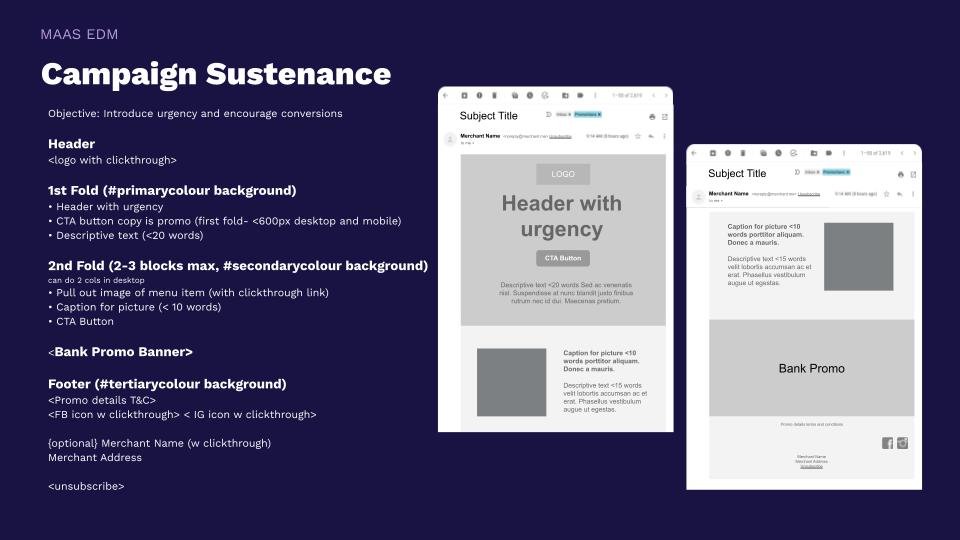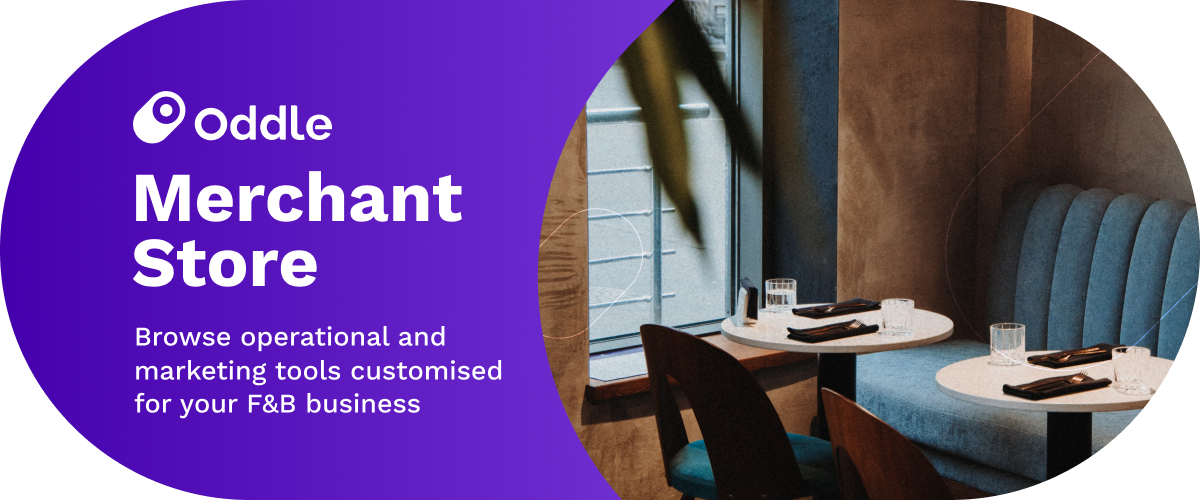Oddle/ Oddle Eats
Always Restaurants First.
Oddle is a SAAS tech company with over 5,000 restaurants in the APAC region, focusing on data-driven, end-to-end solutions to help food businesses scale.
As the first Creative Director since their establishment in 2014, I helped define the brand equity, oversee for a cohesive brand identity, craft the systems that develop Oddle’s asset repositories and envision the creative team capabilities for the company.
What I worked on
Envisioning the Transformation
Creating Corporate Direction, Visual & Writing Guidelines
Rehashing Marketing-as-a-Service for merchants
Content Structures & Marketing Production Processes for B2B and B2C
Defining the B2C Campaign Framework for project management
Structuring the Creative Workflow and Briefs
Build Self-Help Design Systems for roll-out across 4 countries
Orchestrating New Product Launch
Outcomes
3x
Growth in Consumer Engagements Weekly
1-2%
Increase in Sales Conversions for MaaS Marketing Across the Board
4.6x
GMV Increase Attributed to Organic Search
5 Big Takeaways
Defining the Vision for a Well-Mapped Brand
The Oddle Philosophy
A Unifying Design System
Rolling Out Fluid Methodologies Across Project Deliverables
Identifying the Challenges and Customizing Creative Structures
1. Defining the Vision
A well-mapped brand increases scalability, consistency and perceived quality to the business.
As a headquarter resource, the Creative Team in Oddle had the potential to support and solve various fragmented challenges in both Internal and External functions of the company.
I found the need for an elegant, unified design system that was scalable across markets and within verticals, easy to use and inspirational for Oddlers, Merchants and Consumers.
My first step was researching the nature of each function in the company, and understanding their challenges and identifying possible Creative solutions. The flat hierarchy of the company enabled me to speak personally with Oddlers of different departments and levels to understand common frustrations and inefficiencies.
Speaking with the CEO, I then built a pitch for the vision of the brand and the role of the Creative team in Oddle.
Oddle Branding Must-Win Criteria
2. The Oddle Philosophy
Oddle had spent more than a decade earning a dedicated merchant following for their radical technological solutions to common pain points in the F&B industry, but hadn’t yet developed a cohesive way to articulate its shifts in thinking to our B2B clients.
Every revolution has its manifesto. We needed to make ours.
With our newly-defined Brand Architecture, the CEO and I identified key thought leadership building blocks that flesh out why we do what we do– taking special care to craft fully original, infectious materials that are inspirational and easily shared.
These materials were later very useful in cascading into all internal functions, some of which were mapped in the first step. Some examples include: prospecting new investors, onboarding new Oddlers, briefing B2B content writers as thought starters, communicating with prospective partners and clients, etc.
Meticulous work was put in to establish the start of the visual look and feel and tone of voice that would be further elaborated later for Oddle’s B2B brand identity.
3. A Unifying Design System
Referencing atomic design methodology, I set about to work on a design system that can be seamlessly integrated to work with Oddle’s existing product UI.
Collaterals from Mid Autumn Campaign
Banner content guidelines for Oddle’s platform across the countries
Banner Templates for Partnership Materials
With the help of my marketing executives and designers, I started with planning major applications and content in both for-merchant and for-consumer touchpoints, starting with primary components like buttons and typography styles, and building up playbook templates for printed collaterals, e-commerce banners, digital advertising assets and more. This approach was instrumental in building a consistent look across the brand and made it easy working with remote designers and marketers in the APAC region.
Lifecycle Email Marketing
Collaterals from Christmas Campaign
Collaterals from Chinese New Year Campaign
Scheduled Email Marketing
B2B Content Marketing
B2B Content Articles
B2B Website
B2B Digital Advertising
B2B Product Updates Communications
B2B Promotional Flyers
Company Namecards
4. Rolling Out Fluid Methodologies Across Project Deliverables
A treasured teammate once likened the Creative Director to the driver, and the Creative team as the respective parts of the car that fit together.
After defining the quality of the output, I wanted to ensure that the team could collaborate smoothly across disciplines, to optimise capacity and be agile to performance success metrics.
For the Creative team to support a range of functionalities within Oddle, I adopted a Agile-Waterfall Hybrid project management methodology that varied based on the brief.
It was supplemented with a library of templates designed specifically for the team dynamics and were categorized by the nature of the brief, objectives and deliverables.
These briefs were later fine-tuned to include specifications that regularly reflected our optimisation testing findings.
As the team not involved in the product development of the company, it was the teams’ first exposure to such project methodologies and close collaboration.
The project methodology, coupled with the brief templates and content structures, eased the teams’ work from brief to deliverables and optimisation. It also helped writers and designers identify the aspects of their work that affect success metrics set for the team, and learn to leverage and grow from. Eventually, each member was able to track their own metrics and run the projects independently as soon as the brief and project flow are defined.
5. Identifying the Challenges and Customizing Creative Structures
Consistency at Scale
As a SAAS company that champions ‘Always Restaurants First’ and ties our success together with the merchants’, Oddle provides Marketing as a Service to small F&B business owners so that they could focus on other parts of their business.
The B2C marketing and Creative teams support this service, providing advertisements and marketing material that is available for over 5000 merchants in the region.
To keep creative production effective and sustainable without strain on our resources, the following solutions were introduced:
1. Digital Asset Repository
Key visual elements were organized to be modular and accessible for all countries. We also established a new, digital-first tone of voice and B2B glossary of terms with dynamic writing guidelines for different channels.
2. Content structures for MAAS
We needed to produce a larger volume of work for many different merchant brands, yet produce consistent quality that performs better for the merchants and demonstrate Oddle’s value over our competitors.
I designed content structure systems that made it easier for merchant-branded marketing, and broke each component into easily identifiable levers that could be optimised through A/B testing. It was immediately apparent upon rollout– emails sent with the new content structures saw 1-2% more conversions across all merchants compared to the old emails, even with the same key visuals and copy.
3. Self-help Marketing Tools
All restaurants could benefit from returning customers via a simple promotion. With the right guidance and tools, some physical marketing materials could be easy to make. Driven by my vision for an intuitive self-help marketing product, I expanded my team’s capabilities in not only designing the one promotional flyer or poster, but building instructions and template systems to let non-design-trained people create their own, through simple steps and drag-and-drop.
These were supplemented with a introductory how-to toolkit for merchant onboarding, as well as an online platform for merchants to order the necessary materials at any time from our established printing vendors.













































